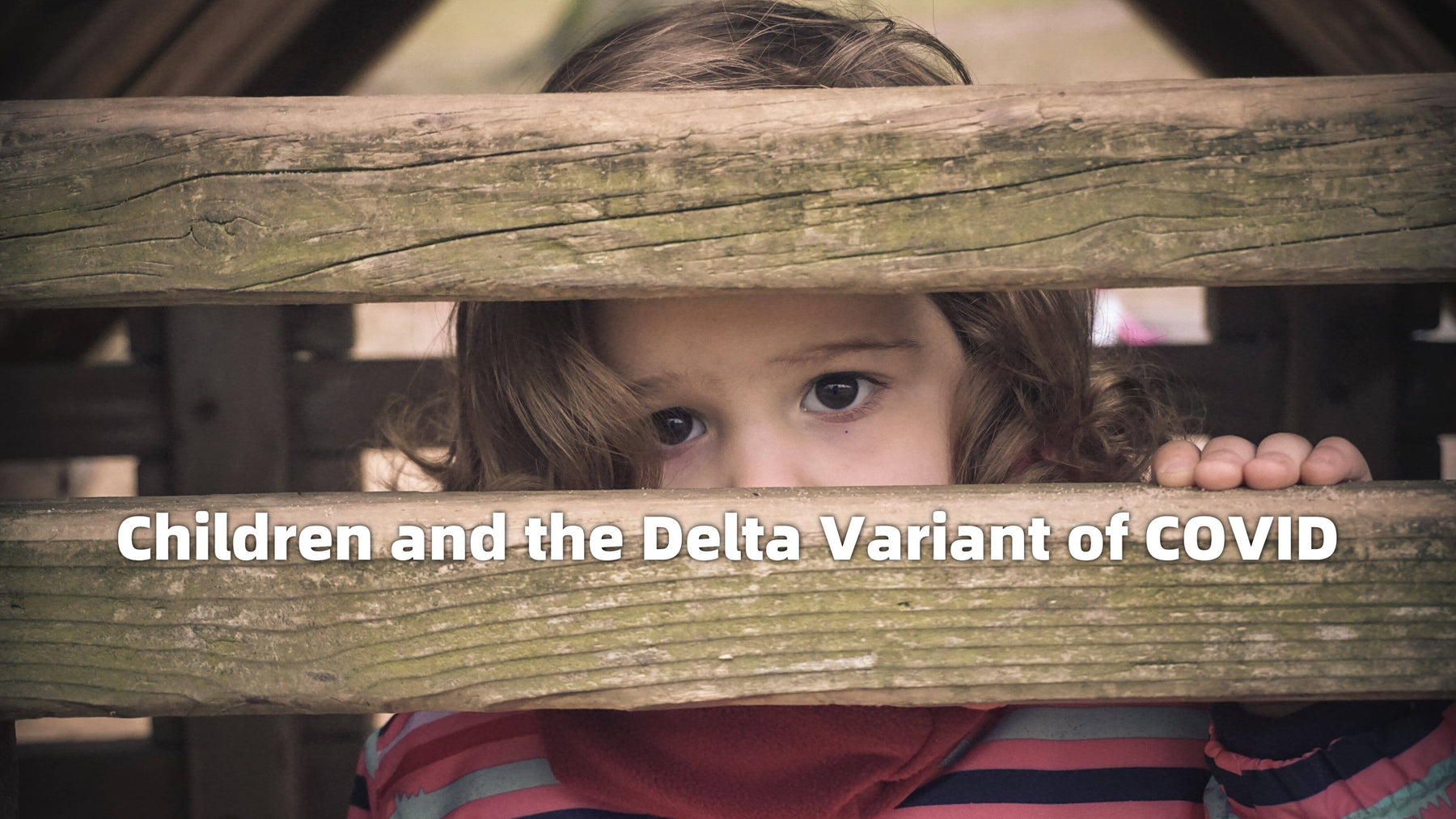
Children and the Delta Variant of COVID
COVID-19 cases among children are rising across the country, and doctors are seeing the highest number of critically ill young patients at any point during the COVID-19 pandemic. According to data from the American Academy of Pediatrics, from the 22nd to the 29th of July, the number of new COVID-19 cases in children almost doubled to 72,000. Children now make up 15% of all COVID-19 cases in the country. The number of child patients in hospitals has been explosively climbing, nearly matching the level from the peak back in January. In total, 93,824 children tested positive in the week ending August 5th, making up 15 percent of all confirmed cases in the country.
Most of the biggest surges in child patients come from places where the Delta variant is spreading rapidly. In just a few days, around 3,500 children in Louisiana tested positive, and the average age of child patients dropped down to 5 years old. These drastic numbers have created concerns that what was once deemed a silver lining that COVID-19 mostly spared children might have changed. Most children who tested positive have mild symptoms, and there is not enough evidence to conclusively say that the Delta variant causes more severe symptoms in children than the other variants do. However, what is clear is that a number of factors are sending more children to the hospital. These factors include the Delta variant’s contagiousness, and the fact that people under 12 years old are not yet eligible for vaccination.
Most children who contract COVID have relatively mild symptoms such as congestion, runny nose, cough, and fever. But a small percentage of these children, especially children with preexisting conditions develop severe symptoms such as pneumonia, respiratory distress, and lingering physical, psychiatric, and neurological symptoms known as long COVID. As the number of cases has sharply increased, families of high-risk children are growing increasingly frightened and are sharing their stories online, accompanied by please for people to be vaccinated and to wear masks. Many parents say that they are extremely exhausted from trying to keep their children safe, while trying to cope with the emotional distress of more than a year of isolation which has no end in sight as of yet.
There are some indications that 12 to 15-year-olds were contracting the Delta variant more severely, but it wasn’t affecting them as badly as older age groups. The US Centers for Disease Control and Prevention (CDC), is actively investigating the potential for the Delta variant to cause severe symptoms in adults and children. Preliminary findings indicate that the risk of a child having symptoms severe enough to lead to a hospital admission is low compared to an adult, and studies are still ongoing. The number of hospitalizations of children in the country is increasing, but this is seen to be on par with the increase in cases for all age groups, according to Dr Anthony Fauci, the Chief Medical Advisor to the President of the United States. “More infections mean more children will be in the hospital,” he said at a recent White House press briefing.
Even though children are less affected compared to adults, when many people contract the disease, then there will always be those who will get it more severely. Some groups of children and teenagers are more at risk of hospitalization than others. Children with co-morbidities such as heart, lung, or neurological diseases, or those who are obese are at a greater risk. Also at greater risk are children living in rural communities, and children from socio-economically disadvantaged backgrounds.
However, the overall risk of severe outcomes for children would likely remain low. There is still an exponential increase in risk as people get older, so children have the least chance of getting severely ill or dying compared to other age groups. Speaking from an equity standpoint, it would be good to vaccinate all family members at the same time. But priority still needs to be given to the most vulnerable age groups as this is going to have a much greater impact in terms of reducing severe symptoms. However, other interventions for children are still necessary, such as the importance of minimizing the risk to unvaccinated children at school by having good ventilation and filtration systems, and wearing masks.
Leave a comment